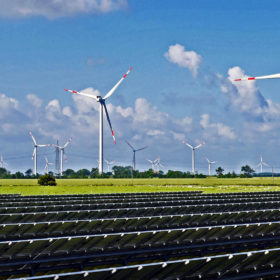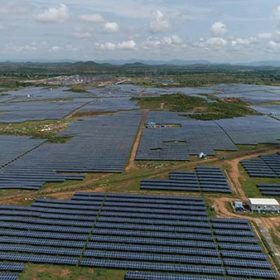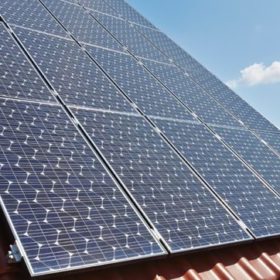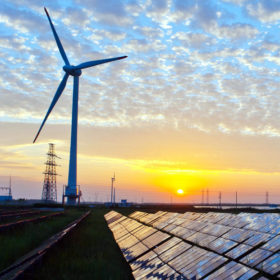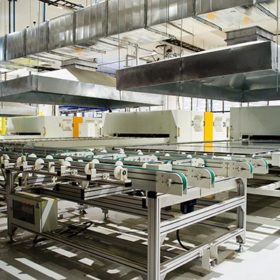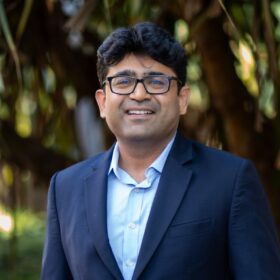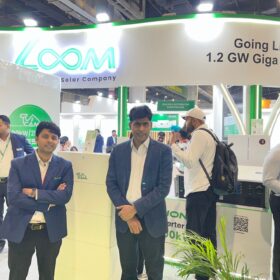Electricity derivatives will offer power offtake certainty for renewable investors
An Institute for Energy Economics and Financial Analysis (IEEFA) report says the sale of power in the futures market will benefit renewable energy developers and distribution companies alike.
Cheaper renewable energy will leave new coal assets stranded
A new Ieefa report discusses the viability of under-construction coal-fired power plants and evaluates the associated stranded asset risk in building additional coal-fired capacity in India’s electricity system.
States must plan now for utility-scale battery storage
A new report says the Indian States must develop plans to incentivize investments into the deployment of utility-scale battery storage—just as they did for solar.
Unsigned PPAs halting India’s renewable energy growth
Nearly 19 GW of renewable energy capacity tendered by the Solar Energy Corporation of India (SECI) is on hold due to electric distribution companies’ unwillingness to sign the power purchase agreements. Manufacturing-linked solar projects alone account for a 63% share of the capacity in limbo.
India’s case for linking rooftop solar with storage and EVs
A new report says that combining rooftop solar with storage presents an enormous opportunity for India as the combination becomes economically viable soon. It highlights the best practices from Australia—a nation with the world’s highest rooftop solar capacity per person—to serve as a guide in planning for this integration.
India’s $122bn energy stimulus spending may benefit fossil fuels most
A report says India’s energy investment commitments over the last 14 months largely feature measures for power transmission and distribution that could benefit greenhouse-gas-producing fuels more than renewables.
Ieefa proposes a three-pronged approach for grid firming
A new report discusses battery storage, green hydrogen, and flexible coal-fired power generation as key grid firming options for India as solar and wind are poised to form 51% of the nation’s total installed generation capacity by 2030.
Global investors bet on India’s renewable energy sector
A new report highlights key investors finding opportunity in India’s US$500-billion renewable energy infrastructure development and various factors driving these investments.
Rooftop solar: How to mitigate the impact of a new net metering limit
A net feed-in tariff could offer a solution for consumers, developers, and distribution companies.
India needs to adopt a balanced approach for solar manufacturing
A new report says the imposition of safeguard duties and basic custom duties is only a partial solution to help the domestically produced solar modules remain competitive with imported panels. The government needs to adopt a long-term strategy towards PV manufacturing that supports backward integration and sustained innovation.
